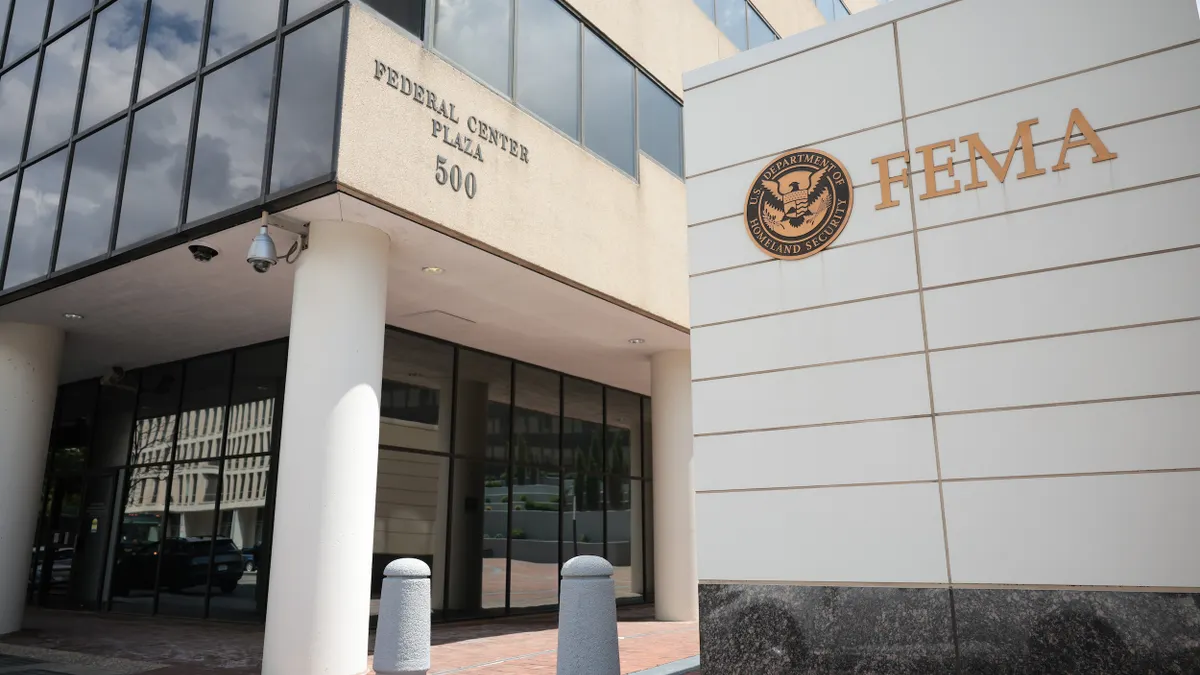In 2017, homelessness increased for the first time in seven years, according to the U.S. Department of Housing and Urban Development’s (HUD) annual report to Congress. Although the increase is less than 1%, the report points out that nearly the entire increase occurred because of the 12% bump in the number of unsheltered homeless individuals in the 50 largest U.S. cities.
All of this comes as cities and organizations are testing innovative and sometimes high-tech methods to curb the problem. So where are cities missing the mark?
The HUD report analyzed demographic data for people experiencing homelessness, and found that white people make up the largest homeless group, at 47%. Black individuals come in second, at nearly 41%, meaning they experience homelessness disproportionately to their overall presence in society, which the U.S. Census Bureau estimates at just over 13% of the total population.
These statistics underscore the importance of findings from a recent National League of Cities report; it cautions leaders that widening gaps between the rich and the poor, as well as among races, can cause divides that de-stabilize cities.
Seeking solutions
The statistics should raise red flags with municipal leaders as more cities fall deeper into affordable housing crises, a factor that contributes to homelessness. Housing costs continue to outpace wage growth and inflation, especially in large cities.
Some cities have turned to policy changes to fight homelessness. Denver, Salt Lake City and Seattle recently implemented or expanded affordable housing plans. Nearly a dozen mayors have collaborated with other partners to form a housing investment coalition to tackle affordable housing and homelessness. Seattle City Councilmembers proposed a business tax that would go toward programs to curb homelessness, which grew 19% in the city since 2010. All of these programs eventually could turn the tide, but for now, progress is slow and housing prices continue to climb, driving more people out of stable housing.
On the bright side, despite the small uptick in homelessness last year, fewer people are homeless now than a decade ago. Municipalities and their partners credit thinking outside the box and developing strategies that go past the traditional shelter-only, facilities-based model to a more holistic, services-based model.
Turning to tech
Technology evolves at a breakneck pace and cities are leveraging the benefits, both by innovating on their own and through partnerships. The fight against homelessness is one area that's just starting to dabble with technological advances.
The field traditionally has been held back by funding issues, but some organizations are prioritizing innovation. The NYU Center for Urban Science and Progress (CUSP), for example, launched a data technology project to increase efficiencies and create a "smart shelter." Organizers want Wi-Fi available for all children and adults who stay in the shelter, plus they use gathered data to improve the shelter's operating efficiencies.
One notable initiative set to launch later this month is a research project to develop and study an app, Link2Care, that enables previously incarcerated homeless individuals to more easily contact their case managers, or substance abuse and mental health counselors. The app could prove especially useful for people who can't access transportation to travel to in-person meetings. "The purpose of this study and smartphone app is not to replace case management, but rather to enable homeless individuals to more easily contact case managers," said Michael Businelle, PhD, one of the study's lead investigators.
The Oklahoma Tobacco Research Center's five-year study is funded with a $3.3 million grant from the National Institutes of Health. A portion of the study will determine if the Link2Care app increases contact between homeless individuals and case managers, and a portion will examine whether the app helps to reduce the number of nights a person is homeless and the number of times that person is arrested.
Although the study will take five years to complete, information will be gathered from each individual participant for six months. "We will be able to test whether the app has the effects we expect — reducing the number of days of mental health problems and the number of days of substance abuse over the course of the six months," Businelle said.
One of the stereotypes that the researchers fight is that people experiencing homelessness don't have electronic devices and therefore wouldn't be able to test out an app. But a 2014 study Businelle conducted in Dallas showed that of the 400 people staying at a particular homeless shelter, 50% had a cell phone and 25% had a smartphone. By 2016, when he collected data from more than 600 people at the largest homeless shelters in the Oklahoma City area, 76% had a cell phone and 56% had a smartphone. "Smartphone ownership... is becoming ubiquitous, even among homeless individuals," he said.
Businelle does note, though, that connectivity is different for homeless individuals than for other residents. They typically can't afford data plans and have very limited phone minutes, but still can connect to Wi-Fi and have ample text messaging abilities. That knowledge led how the team went about building the app and conducting the study, such as providing an app button to tap for contacting a case manager instead of requiring a separate phone call. The app also has an emergency button that users can push if they find themselves in crisis and need immediate care.
"With a smartphone app, once you put the app on the phone... all the content is there," Businelle said. For example, all of the homeless individual's treatment messages will remain accessible on the phone. "It doesn’t need sale or service to connect. That’s important for places that are rural, like Oklahoma, where people have unreliable cell phone connections."
The research is expected to provide additional data besides whether or not the app reduces homelessness, and that can lead to developing better homelessness mitigation and social programs.
"We may find the app works better with certain age groups or genders or racial groups. We can modify the content for the groups... [and] tweak for different municipalities and different areas," Businelle said. "This could be used for not only people who are homeless, but potentially could be used for other behavior changes."
Ultimately, one method will not instantly end homelessness in the United States. Municipal leaders and their partners will likely experience the most success by employing a combination of policy-based and technology-based methods.





















